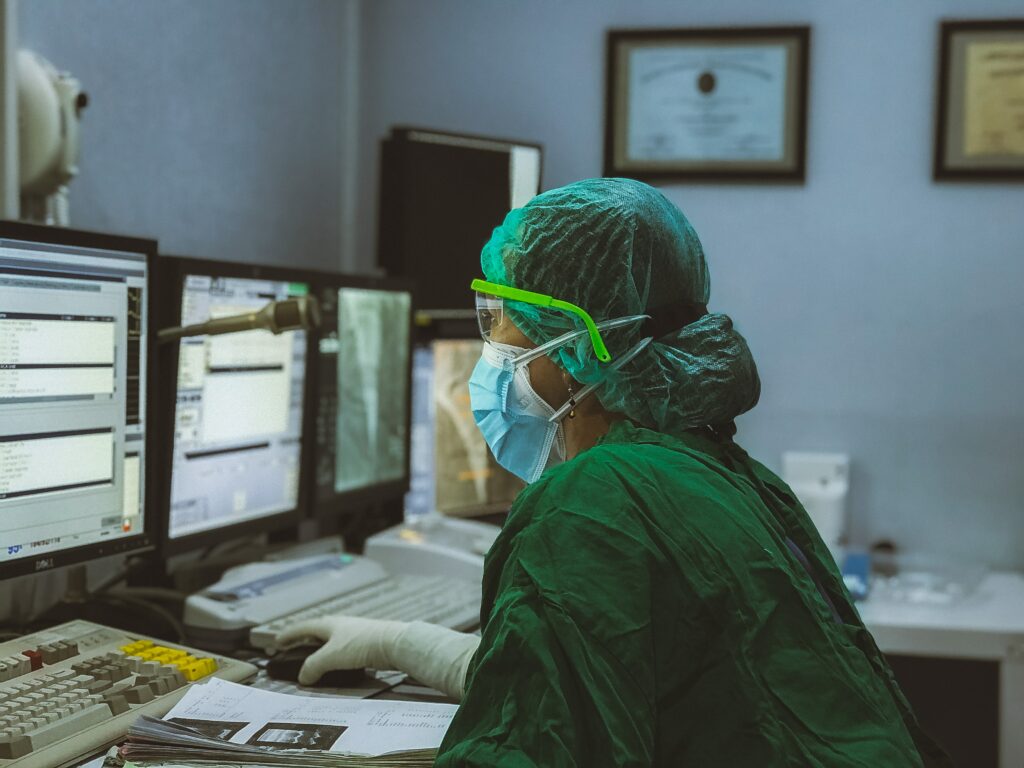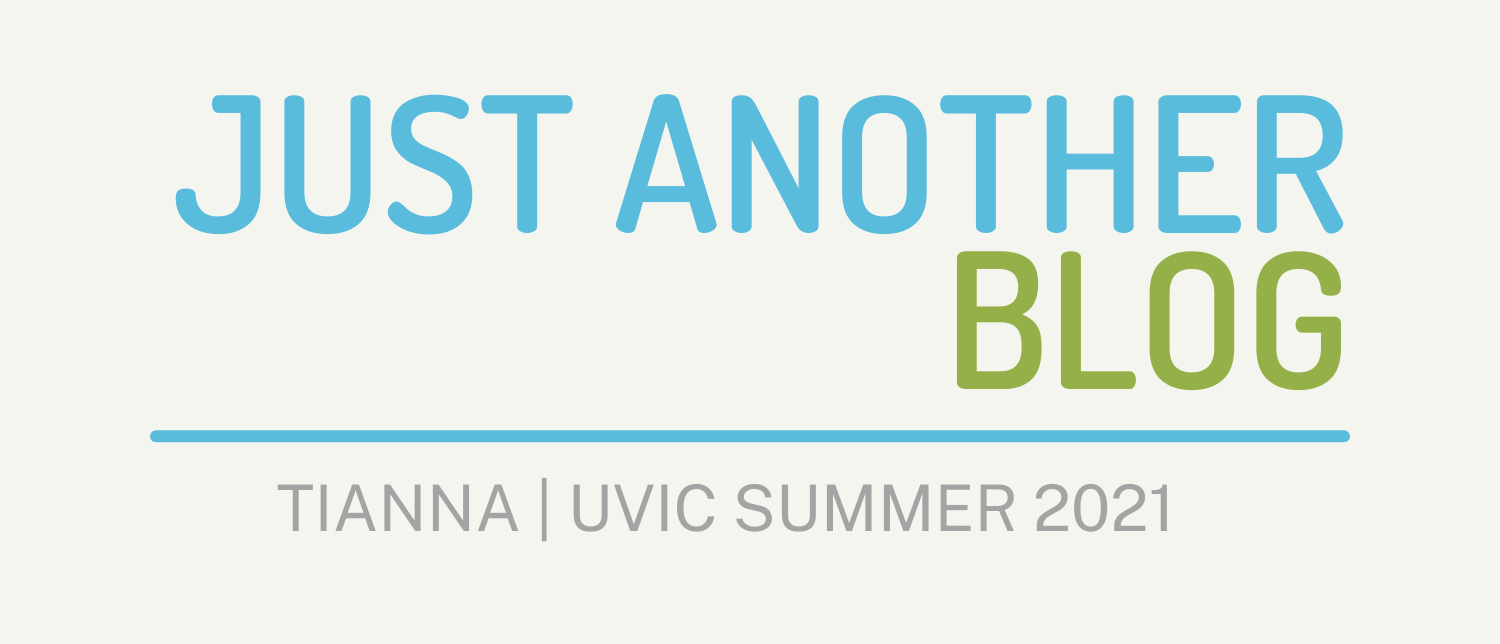Hands on learning for Electronic Medical Record training is more effective than lecture based learning.

“Electronic Medical Record: An electronic medical record (EMR) is an office-based system that enables a health care professional, such as a family doctor, to record the information gathered during a patient’s visit.”
(Para 3, Tanto, n.d.)
Personal Experience
Throughout my experience working in healthcare, learning to efficiently navigate the company’s Electronic Medical Record (EMR) can be a daunting task even for those with high computer literacy or experience with other EMRs. Lecture style demonstrations of how to complete tasks on these complicated platforms are an ineffective use of resources. In my experience, the optimal mechanism for training follows the learning theory of constructivism and inquiry based learning.
One specific instance where inquiry-based learning was more valuable was at a job where the company provided EMR training to employees prior to their start dates. This training was in the form of pre recorded presentations that walked through how to complete tasks such as checking in patients. In practice, new employees were completely unfamiliar with the system on their first day and required complete re-orientation. As a result, new employees were given hands-on training by supervisors directly in the real world fast-paced clinic environment. Here, those learning had the opportunity to use the discovery method and speak with other employees about the best way to complete tasks on the software. The inquiry based learning does not only apply to training new employees but is an important tool for re-orientation as EMR technologies are constantly being updated. End-users are given the opportunity to discover alternative work-flows and are able to discuss with other employees.
Interactive Vs Lecture
This inquiry-based method builds a strong knowledge base for using the EMR as users debate and question their own understanding. In a comparison of lecture versus interactive learning, the interactive technique was found to increase transfer of knowledge, critical thinking, continuous learning, and knowledge retention (Polimi Open Knowledge, 2017).
References :
Polimi Open Knowledge (POK). (2017). A brief history of Learning Theories (Ariane Dumont). YouTube. https://www.youtube.com/watch?v=fgnd4rj2pT8.
Tanto, S. (n.d.). Understanding EHRs, EMRs and PHRs: Canada Health Infoway. Canada Health Infoway / Inforoute Santé Canada. https://www.infoway-inforoute.ca/en/solutions/digital-health-foundation/understanding-ehrs-emrs-and-phrs#:~:text=Electronic%20Medical%20Record%3A%20An%20electronic,gathered%20during%20a%20patient’s%20visit.

Thank you for the post. I can see this being a topic within your field. Especially within the COVID-19 world. Constructivism and inquiry based learning to me fit well. Next try adding some multimedia based upon the theories we have been working with into your posts.
Hi Tianna!
I love how you were able to relate this weeks blog to your field and inquiry-based learning. You can clearly tell that you’re very passionate about your field and it went through in your writing and was able to ground my understanding of inquiry-based learning as a result of you using real-life concrete examples. Keep up the good work!